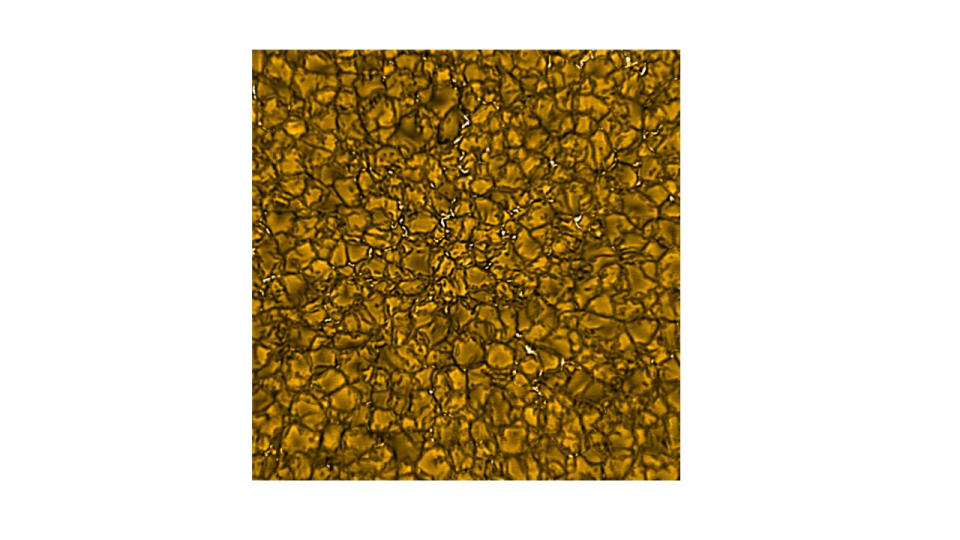Snake-like magnetic fields on the sun bring scientists closer to solving a major solar mystery

Solar scientists could be one step closer to solving a lingering mystery about the sun: why its outer atmosphere, called the corona, is so much hotter than the layers below it.
Using Earth's most powerful solar telescope, the Daniel K. Inouye Solar Telescope (DKIST) in Hawai'i, an international team of scientists observed the magnetic field of the sun in unprecedented detail. They found complex snake-like patterns of energy in the magnetic field in the sun's lower atmosphere, the chromosphere, that could be driving energy to the outer layers of our star's atmosphere.
"Thanks to this research, we may be one step closer to comprehending the sun, our life-giving star," University of Sheffield professor and research co-investigator Robertus Erdelyi said in a statement.
Related: Parker Solar Probe and Solar Orbiter team up to tackle 65-year-old sun mystery
The so-called coronal heating problem has puzzled researchers for decades. The mystery is this: The diffuse cloud of charged atoms that makes up the corona can reach temperatures of over 1.8 million degrees Fahrenheit (1 million degrees Celsius), while the sun's surface , called the photosphere, is a relatively balmy at 10,000 degrees F or so (6,000 degrees Celsius).
This defies stellar models, because stars' heat source is the nuclear fusion at their core; thus, temperatures should increase moving toward the heart of a star. The layers of the sun seem to obey this rule until we get to the corona, meaning there must be some unknown mechanism heating the sun's outer atmosphere. And these snake-like magnetic phenomena could fit the bill.
"An accurate insight into the magnetic field geometry is fundamental for the understanding of the various energetic phenomena that drive the dynamics of the plasma in the solar atmosphere," Erdelyi said. "That includes the much sought-after magnetic behavior that may ultimately be responsible for energizing the solar plasma to temperatures of millions of [degrees]."
The key to the coronal heating mystery could dwell in quiet regions of the sun

Previous attempts to solve the coronal heating problem have focused on active regions of the sun, particularly sunspots, huge dark patches on the sun's face that are highly magnetic and pass energy among the outer layers of the star. But for the new study, the team looked away from sunspots and focused on quieter regions of the sun.
These quiet areas of the photosphere are covered by convective cells called granules that are host to weaker but more dynamic magnetic fields than found around sunspots. Previous observations have indicated that these magnetic fields are organized in small loops, but the study team found a more complicated underlying pattern for the first time, with the orientation of these magnetic fields displaying a serpentine variation.
RELATED STORIES:
— Scientists may finally know why the sun's outer atmosphere is so freakishly hot
— Earth's sun: Facts about the sun's age, size and history
— Scientists may have just cracked the sun's greatest mystery
"The more complex the small-scale variations in magnetic-field direction, the more plausible it is that energy is being released through a process we call magnetic reconnection — when two magnetic fields pointing in opposite directions interact and release energy that contributes to atmospheric heating," said research co-investigator Michail Mathioudakis, of Queen's University Belfast in Northern Ireland.
"We have used the most powerful solar optical telescope in the world to reveal the most complex magnetic-field orientations ever seen at the smallest scales," Mathioudakis added. "This brings us closer to understanding one of the biggest conundrums in solar research."
The team's research was published earlier this month in the The Astrophysical Journal Letters.

